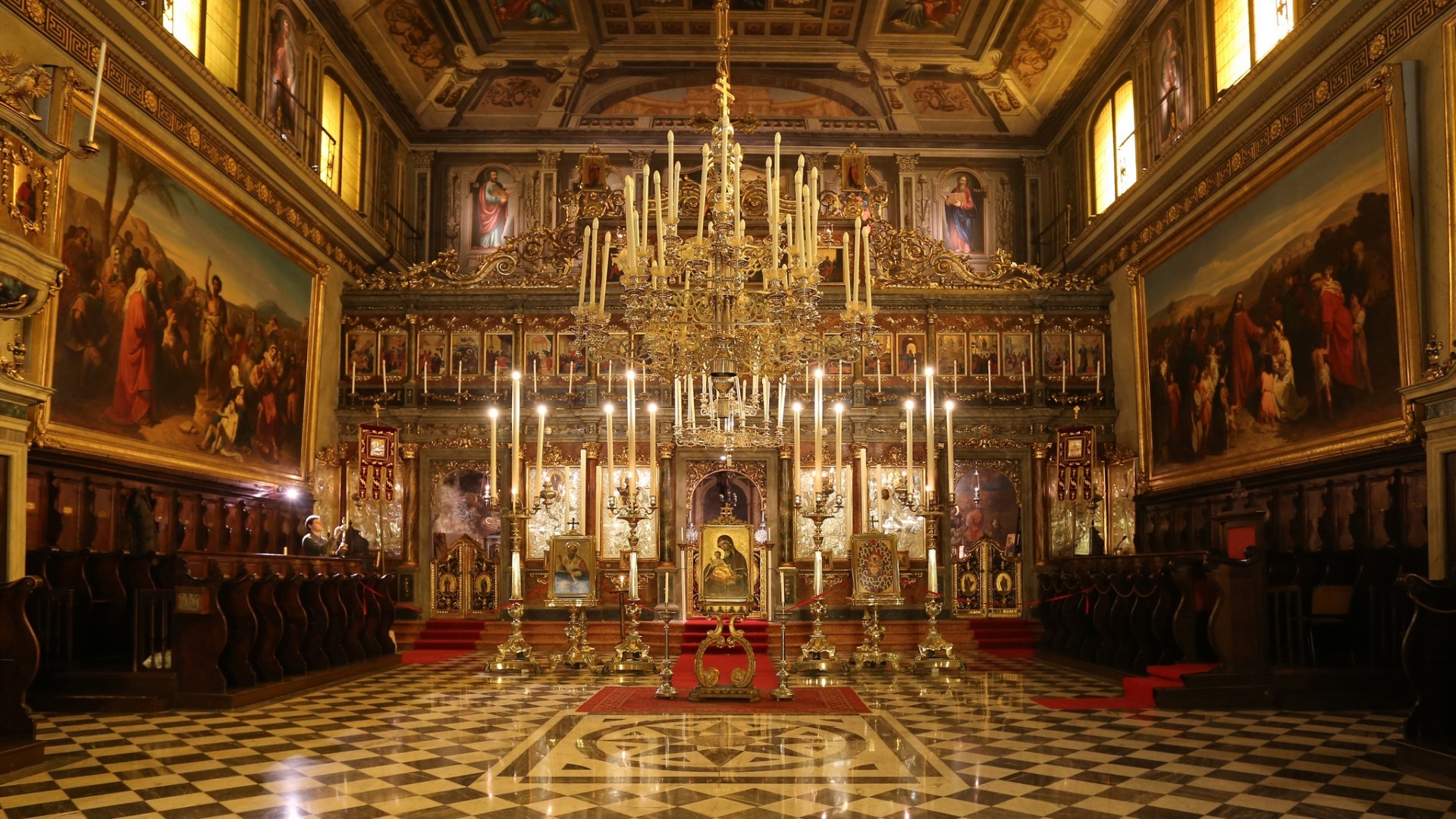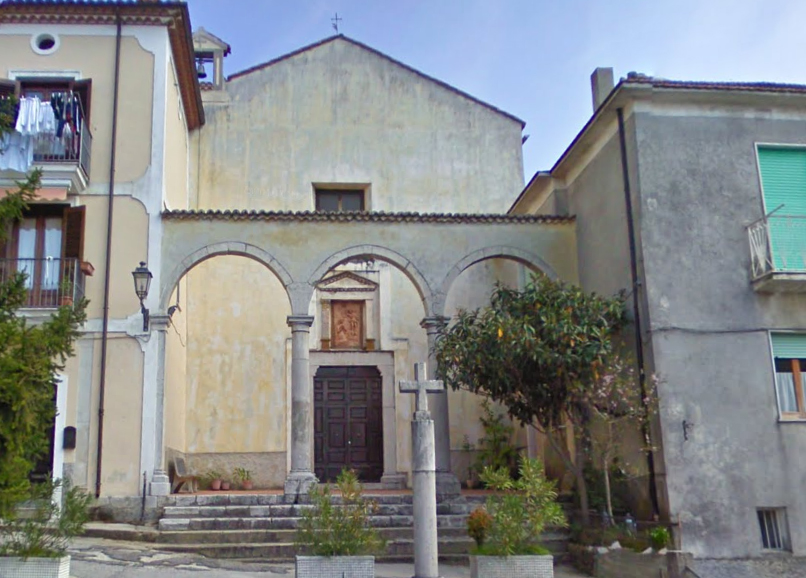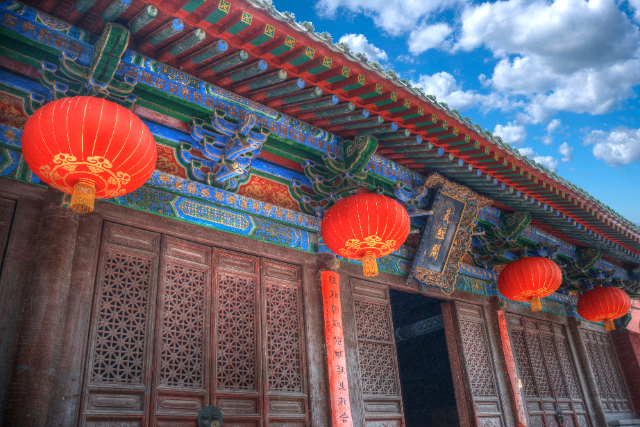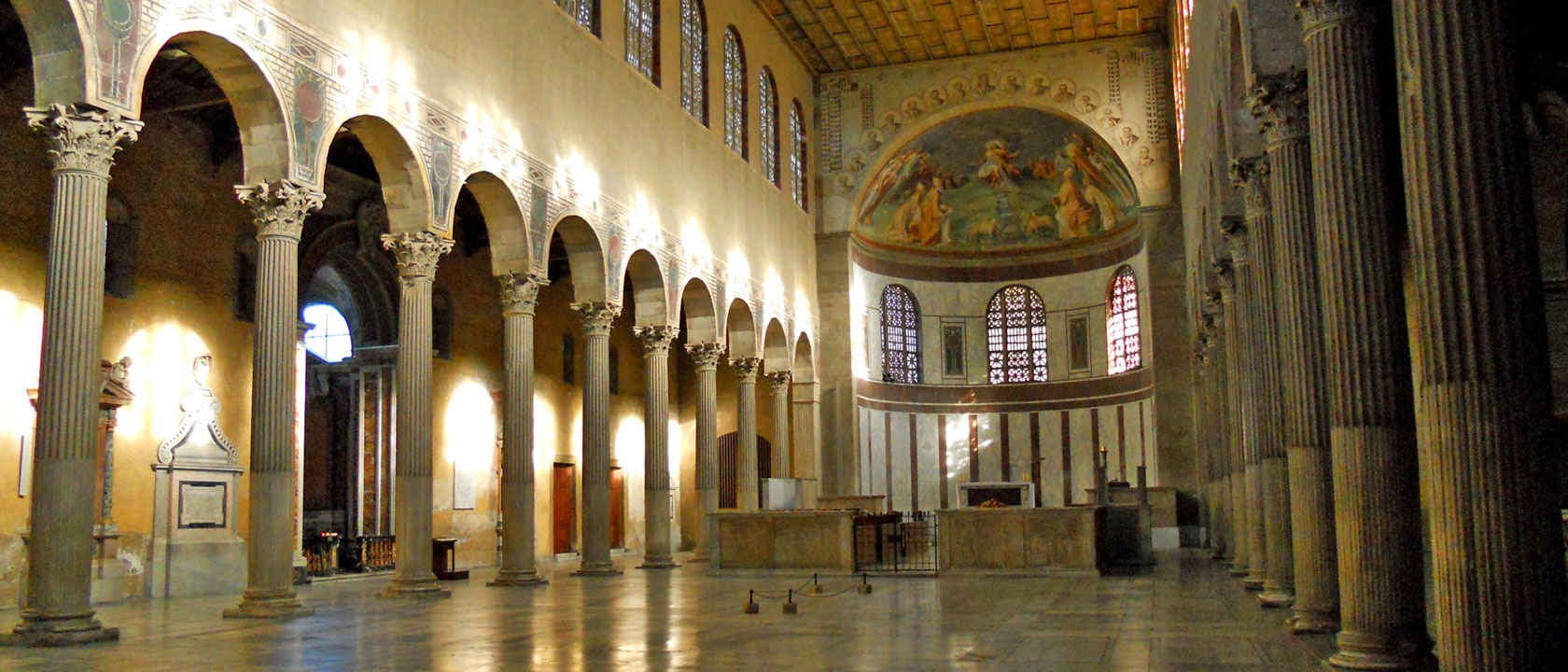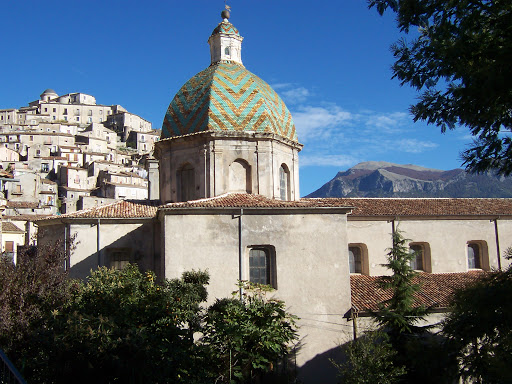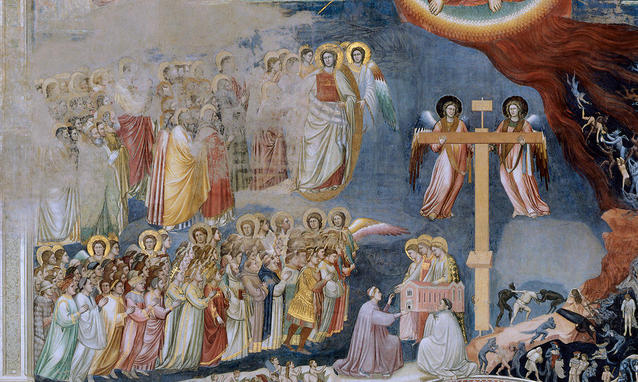The church of San Nicolò e della Santissima Trinità , better known as San Nicolò dei Greci, is a building of worship of the Greek Orthodox community located in Trieste. Built between 1784 and 1787, the facade of the church was redesigned in 1819-1820 by the architect Matteo Pertsch in neoclassical style.
The Greek-Orthodox church is located in Riva III Novembre, on the seafront of the so-called Città Nuova. With a regular plan, it is divided into three liturgical spaces: the presbytery with three small apses, the nave and the two balconies for the gynaeceum and the choir.
The magnificent iconostasis divides the presbytery reserved for the celebrants from the nave accessed by the faithful.
The nave with its marble floor with black and white squares is embellished with benches along the walls. At the center, between large candelabra, are flanked by the icon of St. Nicholas and, on the special proskinitirion, the icon that commemorates the festivity in place.
The large canvas depicting Christ in Glory surrounded by angels covers the entire flat ceiling and is rich in perspective effects with balustrades and glimpses of classical architecture.
This painting (oil on canvas) can be attributed to an anonymous Greek painter educated mainly at the Ionian Academy of Panaghiotis Doxaras (1662-1729) not devoid of influences from the Venetian school. Between the windows images of the Evangelists and the Apostles.
On the side walls are two large paintings by Cesare dell’Acqua from Piran (1821), showing the Preaching of John the Baptist on the left and Christ among the Children on the right; the painting above the right door depicts Philoxenia, or Abraham’s Hospitality to the Angels, and is attributable to the same artist as the ceiling painting.
The iconostasis
In Orthodox places of worship, the iconostasis separates the presbytery from the faithful: it diffuses a sense of richness with the gleam of the silver that frames and covers the icons that compose it.
The fulcrum of the sacred place, it is the work of an unknown carver and is influenced by the Empire style in its general structure and the Baroque style in its decoration.
